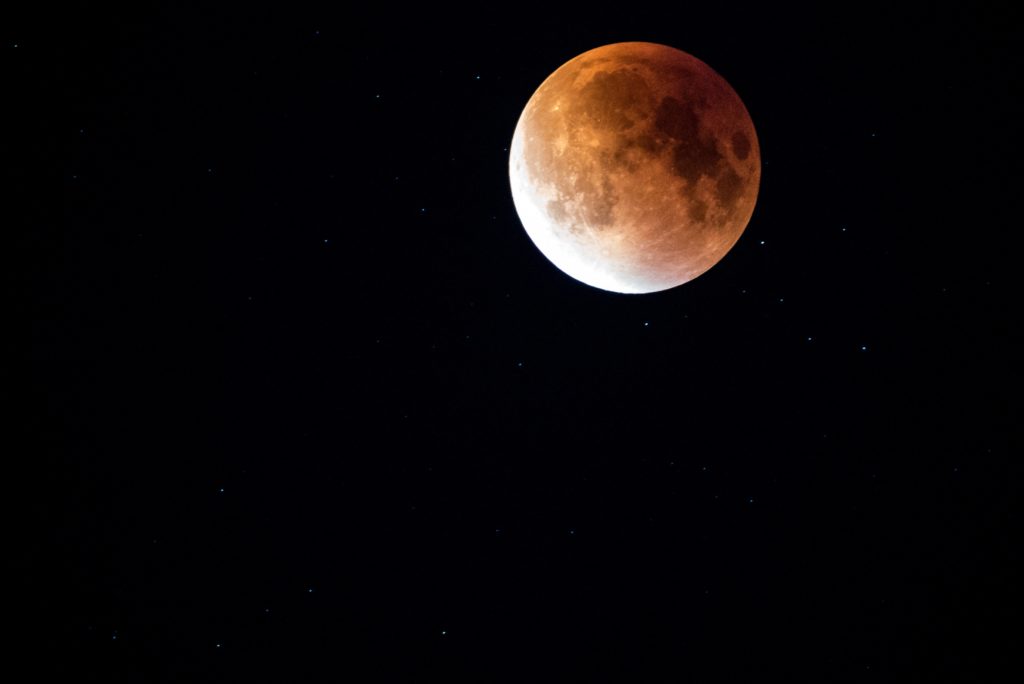The Moon Is About To Get BIG…Here’s Why

The Supermoon on November 14, 2016, will be the closest a Full Moon has been to Earth since January 26, 1948. The next time a Full Moon is even closer to Earth will be on November 25, 2034 (dates based on UTC time).
A Supermoon happens when a Full Moon or New Moon coincides with the Moon’s closest approach to Earth; also called perigee.
A Super Full Moon looks around 12% to 14% bigger than its counterpart, the Micromoon.
Perigee and Apogee…Supermoon Science!
The Moon’s orbit around Earth is not a perfect circle, but elliptical, with one side closer to Earth than the other.
As a result of the Moon’s elliptical orbit, the distance between the Moon and Earth varies throughout the month and the year. On average the distance is about 382,900 kilometers (238,000 miles).
The point on the Moon’s orbit closest to Earth is called the perigee and the point farthest away is the apogee.
Super Full Moon and Super New Moon
When a Full Moon coincides with its closest approach to Earth, it is called a Super Full Moon.
A New Moon that takes places when the Moon is around its perigee is known as a Super New Moon.
A Micromoon, on the other hand, is when a Full or a New Moon is farthest from the Earth, around apogee. It’s also known as a Minimoon, Mini Full Moon, or a Mini New Moon.
You are now officially qualified to impress your friends with some serious trivia…don’t miss this opportunity!












